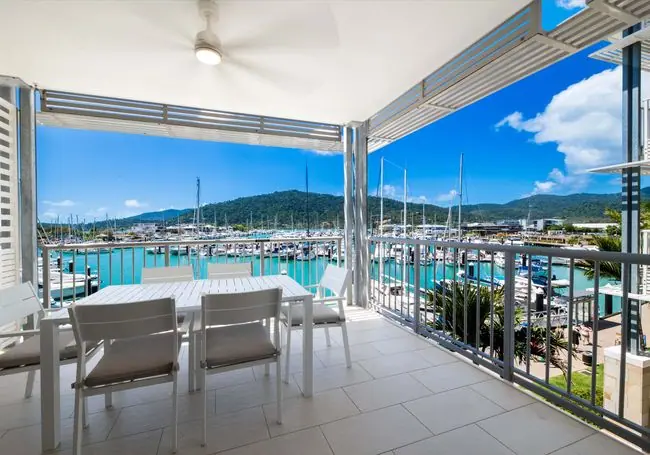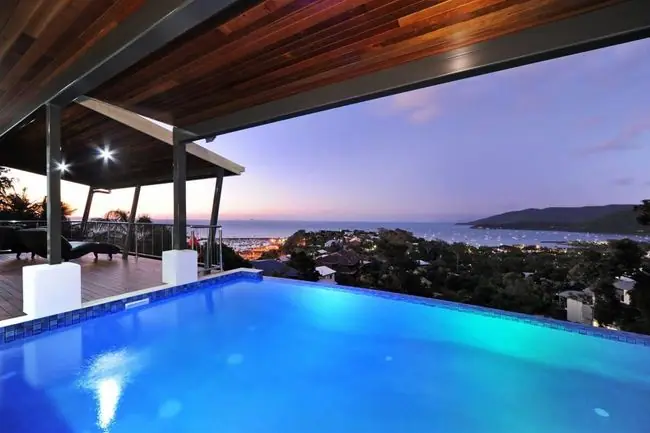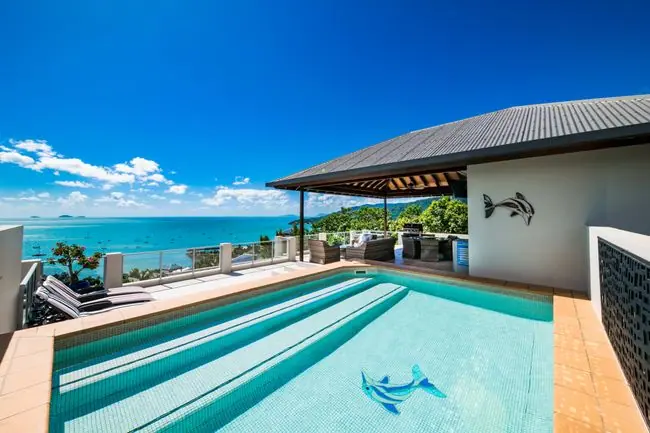
The Best Time To Visit The Whitsundays
The Whitsundays is one of the most popular QLD destinations for travelers to visit and as soon as you get here, you will see why. The Whitsundays is one of the few places on earth that is beautiful all year around, even through Winter. The warm tropical climate has an average temperature of 27.4 degrees Celsius. The average Summer temperatures (December, January and February) reach between 24 and 31 degrees Celsius and this is also the time of year where the highest rainfall is recorded. However, even when it is raining, Whitehaven Beach is still beautiful.
The average Winter temperatures (June, July and August) reach between 18 and 25 degrees Celsius. So it is never too cold in the Whitsundays. This is why we often see travelers from down south come up here for the Winter.
September and October is the best time of year to visit the Whitsundays, because this is the start of Spring. These sunny days hit a maximum of 26 degrees Celsius and there is usually little rainfall around. Humidity is also usually low in September and October, which makes it much more pleasant when travelling around the Whitsundays.
Below is a table from whitsundays.com.au detailing the average temperatures for the Whitsunday region throughout the year.

The Jellyfish Season

In the Whitsundays we have a saying… any month with the letter ‘R’ in it, means that there could be jellyfish in the ocean. However, this is just a cautionary saying, the ‘Stinger Season’ actually only runs from November to April each year, but if you were hopping in the water during September and October, it is always best to keep an eye out for them. We have two main types of jellyfish in our waters, the Irukandji Jellyfish (grows up to 25mm long) and the Box Jellyfish (grows up to 20cm long with tentacles up to 3m long).
As the Whitsundays have warm tropical waters, they are home to jellyfish during these warmer months. However, you can still swim in the Whitsundays during Stinger Season, you just have to wear a stinger suit. These thin suits cover your body to provide a layer between the stinger’s tentacles and your skin. The more covered your skin is, the lower your chances are of being stung. All tour boats in the Whitsundays provide stinger suits and it is usually mandatory to wear one if you are travelling on one of their boats during stinger season.
If you don’t fancy on wearing a stinger suit, there are many swimming enclosures set up throughout the Whitsundays during stinger season. Boathaven Beach in Airlie Beach has an all-tide swimming enclosure set up all year around which is shown in the photo above. It is the most popular spot to swim in the ocean in Airlie Beach. There are also swimming enclosures located at Cannonvale Beach, Dingo Beach, Wilson’s Beach and Queens Beach in Bowen.
The Cyclone Season

Like most of Australia, the Whitsundays has it’s own “Cyclone Season” that runs from November to April each year (similar to the Stinger Season). The reason for this is again the warm Whitsunday waters. Tropical cyclones are low-pressure systems that bring lots of wind and rain and they develop in warm waters. They are categorized from 1 to 5, with a category 5 being the strongest and most rare. In the last 20 years, there has only been around four cyclones to hit the Whitsundays, so they are rare. That works out to be on average one every five years and only two of those cyclones were strong enough to leave damage in our area. The longest cyclone that hit the Whitsundays was Cyclone Debbie, which took just over 24 hours to move over the Whitsundays. In saying that, they only last for a short period of time and bom.gov.au can usually give you a fair bit of warning if a cyclone is headed for the QLD coast.
Cyclone Ada was the first major cyclone to hit the Whitsundays in 1970, which devastated the community and 14 people died. 11 of these people were at sea at the time, which is one of the most dangerous places to be during a cyclone. Today, we have a much broader knowledge of cyclones so we can predict where they are going, giving residents enough time to prepare their properties. Back in 1970, the houses and buildings were also not built to today’s standard, so they were not ‘cyclone proof.’ In more recent cyclones like Cyclone Debbie in 2017, there was little damage around the town (mainly to older houses) and there were no deaths recorded.
Nowadays, when the town knows a cyclone is coming, the tourists are evacuated out of the town and islands, the yachts are taken in to the marinas for protection and the locals can head to the cyclone shelters in town. So long story short, if you do happen to be stuck in the Whitsundays during a cyclone, the town is much safer and prepared for cyclones today. They are very rare, but if you are still worried, then you can travel to the Whitsundays during May to October to avoid cyclone season.
Now that you have chosen the best time to travel to the Whitsundays, click here to find out how to get to the Whitsundays.

Why Our Guests Keep Coming Back
Stay Up To Date with Our Specials
Sign up to our newsletter to receive the latest deals and event news.

















































